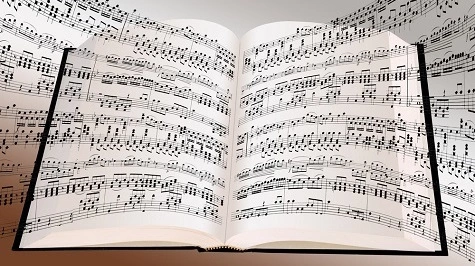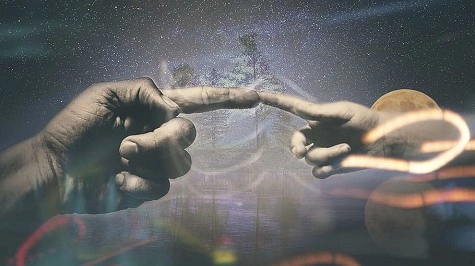
Music Appreciation
Learn to love music from the Baroque to the Modern from Handel to Hendrix. Let WEA take you into the world of music to understand its beauty, rhythms and soul. You will find fun, enlightenment and fulfilment in the joy of music.
Available Classes
Music Inspired by Shakespeare
<p>Shakespeare’s influence and inspiration extend not only to language, theatre and literature but his stories and characters are alive and well in music. There is evidence of his presence in a wide
...Available Classes
Music of Magnificence and Contemplation - Renaissance to Vivaldi and Bach
<p>Both magnificence and contemplation are moods frequently embodied in the music of the Renaissance and Baroque eras. Highlighted in this course will be Magnificat settings from the Renaissance and
...Available Classes
Rock and Roll Revolution - UK Style
<p>London, Birmingham, Manchester and Liverpool were the epicentres of a musical and cultural revolution that lasted from the early 60s and ran through to the end of the twentieth century. The
...Available Classes
A Beginner's Guide to the Orchestra
<p>The sound of a great symphony orchestra in full flight is one of the most thrilling sounds in all of western classical music. This course explores the instruments of the orchestra and the variety
...Available Classes
What Do Conductors Do?
<p>Conducting might seem easy, but a conductor has to do more than wave a baton to establish a beat. Learn about the role of the conductor as they lead rehearsals and draw a myriad of musicians
...Available Classes
The Great Falsettos of the 50s and 60s
<p>Come along to hear the high-pitched and unique sound of the 1950s and early 1960s. Beginning with the Post-War Doo-Wop craze, young men turned to adding shrill high notes to their harmonies. It was
...



